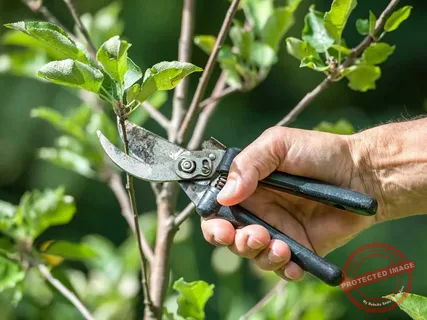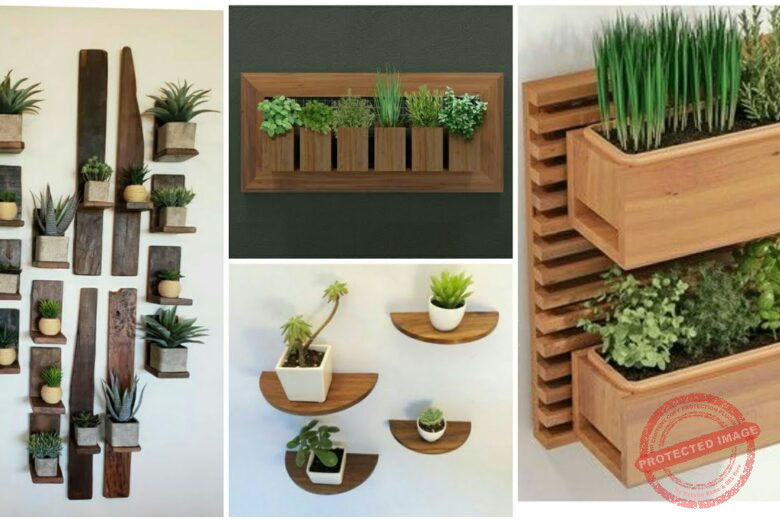Today, I will be showing you how to How to Keep Your Tomato Plants Producing All Season Long. We advice you to read to the end to know this tricks.
Tomatoes are the crown jewels of any garden, and let’s face it, you can never have too many! Whether you’re making sauces, salads, or salsas, extending your tomato harvest can be a game-changer.
But how can you keep your plants producing late into the season? If you’ve struggled with this in the past, you’re not alone—I certainly did when I first started gardening in the short summers of Northern England. However, with some tried-and-tested techniques, I’ve managed to harvest tomatoes until the first frosts. If I can do it, so can you!
This guide is packed with expert tips to help you maximize your tomato harvest. From smart planning to pruning techniques, you’ll learn how to keep your tomato plants thriving and producing longer.
Understanding Tomato Plant Types
Before going into the details, it’s important to understand the two main types of tomato plants:
- Determinate Tomatoes
These plants grow to a set height, produce all their fruit at once, and then stop. Unfortunately, there’s not much you can do to extend their production cycle—it’s simply their natural growth habit. - Indeterminate Tomatoes
These are the champions of continuous production. They keep growing and producing fruit until halted by cold weather or frost. This guide focuses on indeterminate varieties, as they offer the best opportunity for a prolonged harvest.
Step 1: Start with Smart Planning
To ensure a bountiful, long-lasting harvest, planning begins before you even plant your seeds.
Choose Vertical Growing Systems
One of the best methods to keep your tomato plants producing is to give them room to grow—vertically! Traditional stakes or cages work, but growing tomatoes on string is a game-changer.
- How It Works: Attach strings to a sturdy overhead structure in your greenhouse, polytunnel, or garden bed. Tie the other end to the base of the plant (or bury it under the root ball during planting).
- Benefits:
- Easy to train your plants by gently twisting them around the string as they grow.
- Allows for “lowering” the plants when they reach the top. Simply loosen the string and lay the plant’s stem along the ground to create more vertical space.
This technique has revolutionized how I grow tomatoes, allowing me to maximize space and extend the growing season.
Step 2: Feed Your Plants Well
Tomatoes are heavy feeders. To keep them producing, you must provide consistent nutrition throughout the growing season.
Build Nutrient-Rich Soil
- Add a generous layer of homemade compost or well-rotted manure before planting.
- Mulch the soil to retain moisture and suppress weeds.
You can read more on how to make you own homemade compost here
Supplement with Liquid Fertilizer
Use an organic liquid fertilizer every 1–2 weeks, particularly one designed for tomatoes. Look for options high in potassium to support fruit development.
Step 3: Prune Strategically
Pruning is critical for keeping tomato plants healthy, productive, and disease-free.
Remove Lower Leaves
- Improves airflow and reduces the risk of fungal diseases.
- Allows more sunlight to reach the fruit for faster ripening.
- Reduces water consumption by eliminating non-essential foliage.
Pinch Out Side Shoots
Side shoots, or “suckers,” divert energy away from fruit production. Regularly pinch them out to encourage your plant to focus on growing fruit instead of foliage.
Cut Large Leaves in Half
If your plant has oversized leaves near the bottom, cutting them in half can reduce water loss and improve airflow without stressing the plant.
Step 4: Grow Under Cover
If you live in a region with short or unpredictable summers, growing tomatoes in a greenhouse, polytunnel, or high tunnel can significantly extend your harvest.
- Benefits:
- Protects plants from harsh weather and late-season blight.
- Adds 3–4 weeks to your growing season at both ends.
Even if you live in a warmer climate, consider using a temporary cover in late fall to keep your plants going.
Step 5: Harvest and Ripen Off the Vine
Did you know that picking tomatoes early can actually encourage more fruit production? Here’s how to ripen them off the vine:
The Ripening Stages
Tomatoes ripen in stages, from mature green to fully red. Picking at the “breaker” stage—when the fruit just begins to change color—can help the plant conserve energy for producing new fruit.
Ripening Techniques
- Brown Paper Bag: Place tomatoes in a paper bag with a banana to trap ethylene gas, speeding up ripening.
- Fruit Bowl: Store tomatoes with other ripening fruits like apples or bananas.
- Drawer Method: Place tomatoes and a banana in a closed drawer for a slightly faster ripening process.
Step 6: Protect Against Pests and Diseases
Healthy plants are productive plants. Removing lower leaves, maintaining good airflow, and avoiding overwatering are all crucial for disease prevention. Regularly check for pests, such as aphids or whiteflies, and treat infestations promptly with organic solutions.
Step 7: Keep Your Plants Warm Late in the Season
As temperatures drop, tomatoes slow their growth. You can extend their productivity with a few tricks:
- Use frost blankets or row covers on cold nights.
- Add a layer of mulch to insulate the soil.
- Move container-grown tomatoes indoors if possible.
Final Thoughts
Keeping your tomato plants producing all season long requires a combination of careful planning, proper maintenance, and a little creativity. From choosing the right support system to pruning and fertilizing effectively, each step contributes to a bountiful harvest that lasts well into the cooler months.
So go ahead, give these tips a try, and enjoy an extended supply of fresh, delicious tomatoes straight from your garden!
By following these expert tips, your tomato garden will be the envy of your neighbors—and a constant source of pride for you. Happy gardening!



